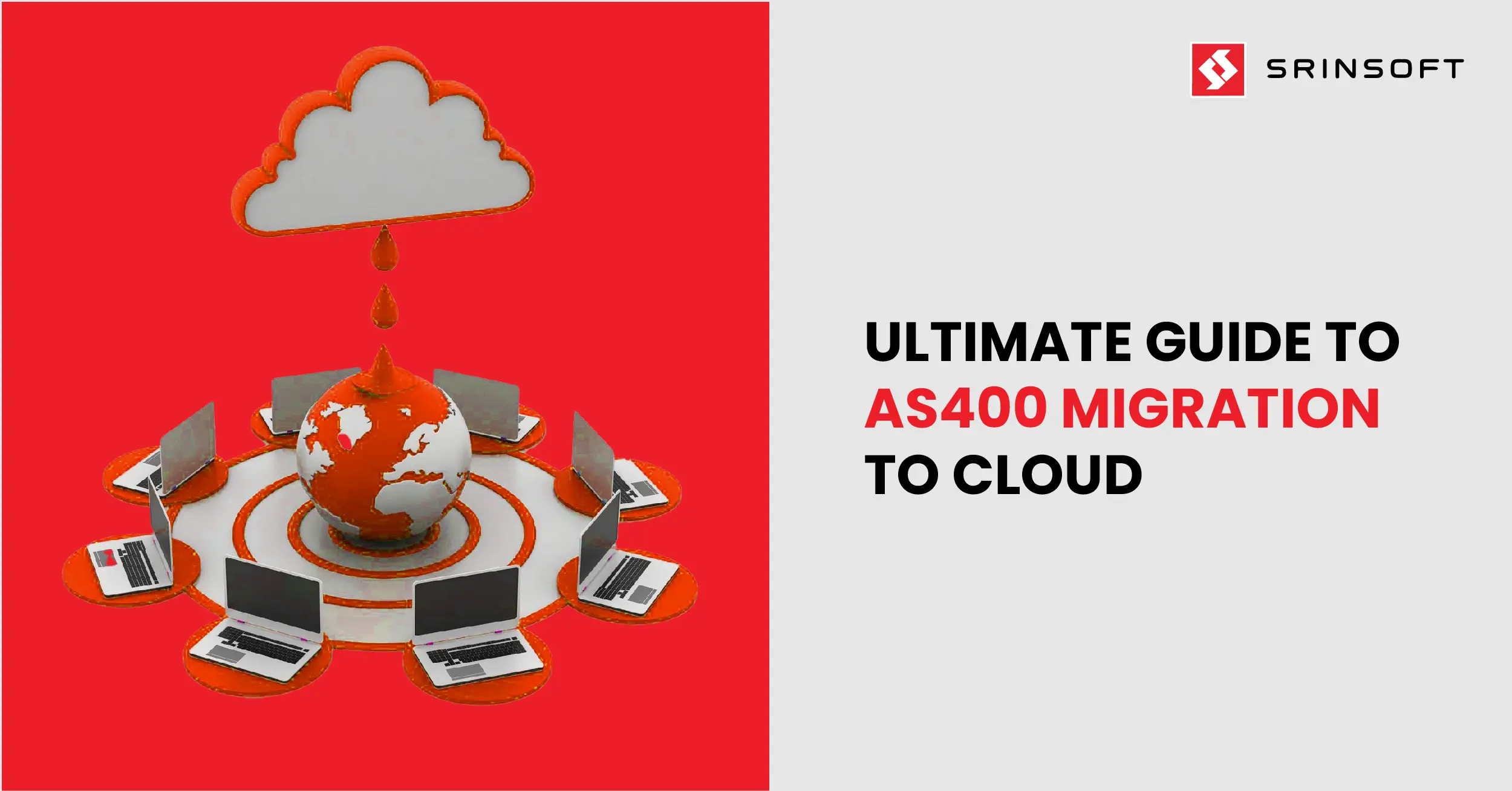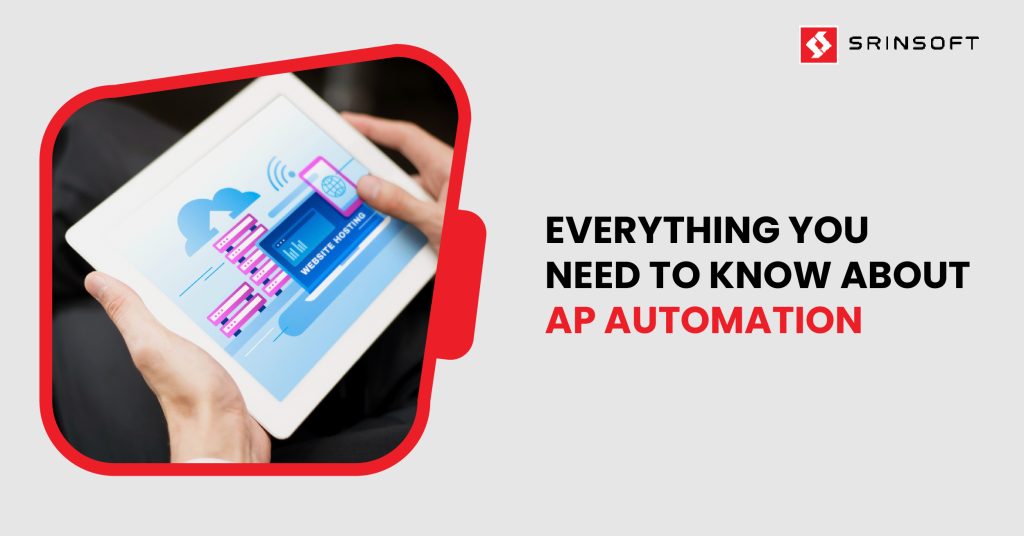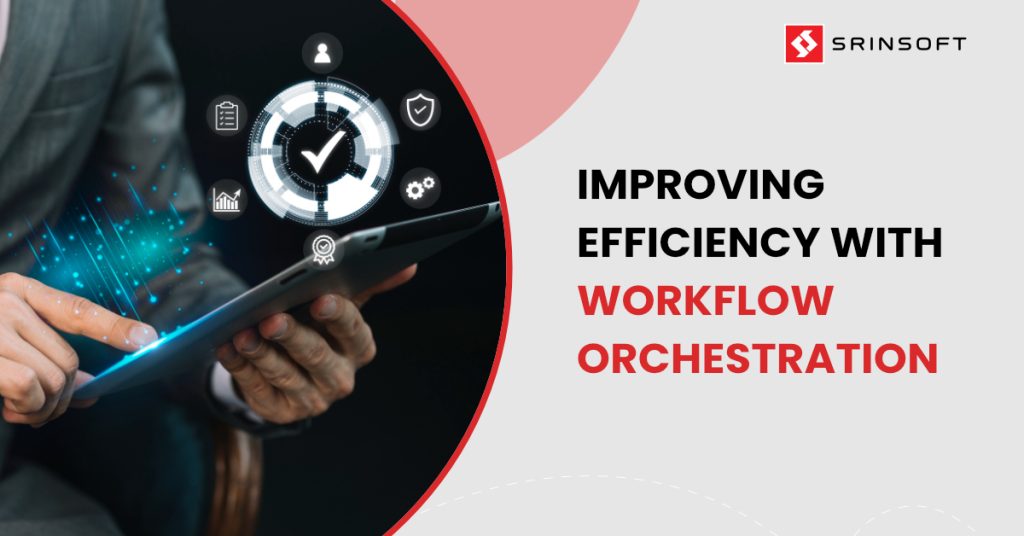
Amidst the complexity of daily operations, businesses have on the one hand the necessity to achieve greater levels of efficiency and productivity and on the other, fragmented tasks and disjointed processes. This is where workflow orchestration comes in very handy, as it makes it possible to integrate and automate many tasks within business services and applications.
A popular analogy given to describe workflow orchestration is that of a conductor in a symphony orchestra. Just like how a conductor guides and manages different instrumentalists to finally create a harmonious melody, workflow orchestration too functions similarly by ensuring that every automated task communicates effortlessly with others thereby optimizing complex workflows from beginning to end.
In this article, we’ll talk about the many ways that workflow orchestration helps businesses, the benefits of the technology and finally selecting the right tools for establishing workflow orchestration.
Advantages of Workflow Orchestration
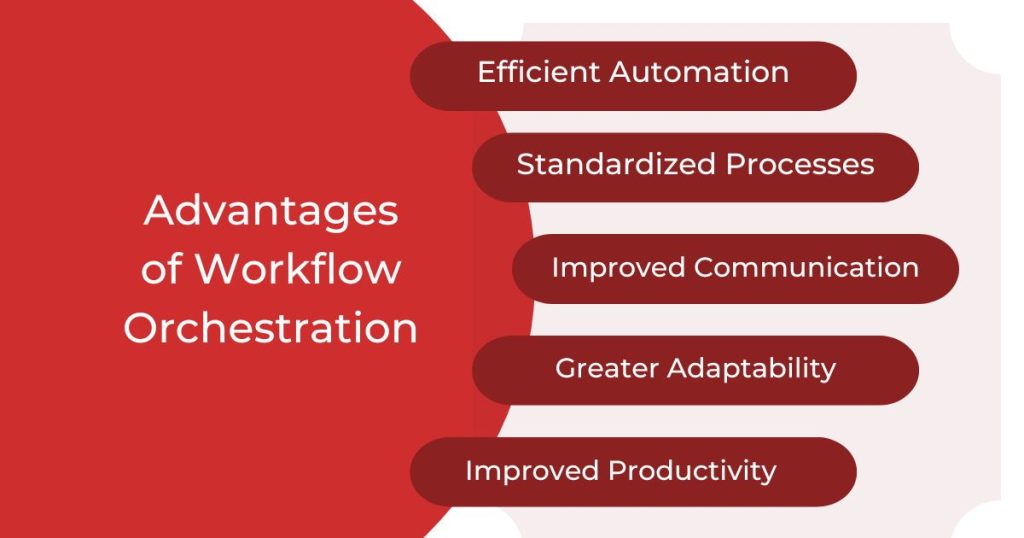
Workflow orchestration is an important aspect of modern business operations. By implementing workflow orchestration businesses can have several operational advantages and benefits. Following are some of the main reasons for incorporating this technology
Efficient Automation
In addition to defining each step within a process, workflow orchestration also ensures the timely execution of each task without the need for human intervention. This efficient automation minimizes errors and reduces time-consuming task repetition, thereby driving operational efficiency and cost savings.
Standardized Processes
By defining processes and their associated steps, workflow orchestration helps to establish precise workflows throughout the organization. It also simplifies workflow design and automates complex processes. In addition to these, workflow orchestration generates insightful data about business results which enables data-driven decision-making and continuous improvement.
Improved Communication
Workflow orchestration improves collaboration by breaking down silos between teams and connecting platforms across business lines. With increased visibility into tasks and progress, teams can effectively communicate, address issues, and meet deadlines, enhancing overall productivity and teamwork.
Greater Adaptability
Workflow orchestration offers flexibility for organizations to introduce new steps or systems and adjust task dependencies as needed. This kind of agility is useful for organizations to easily scale up or down without much impact on the business. Consequently, companies can quickly respond to changes in the market depending on their own needs and how the business is growing.
Improved Productivity
The human workforce can be freed up by automating routine tasks and orchestrating complex processes. This enables them to focus on higher and more value-adding projects which improve personnel productivity, satisfaction, and engagement.
Learn More: Step-by-Step Guide to Legacy Modernization Application
What is Workflow Orchestration
In the domain of IT operations, the terms workflow orchestration, workflow automation, and process orchestration often get interchangeably used. These technologies may sound alike, but when we look closer into their functions, their differences will come to light. Let’s break these ideas down and look at what they mean.
Workflow automation executes a given task without the need for human intervention. Its sole function is to perform a particular task and ensure that it is carried out correctly. Workflow orchestration on the other hand takes a broader approach and is not limited to just executing tasks.
Workflow orchestration not only automates tasks but also manages the sequence and interaction of these tasks to ensure an efficient workflow. In the context of IT operations, workflow orchestration ensures that:
- All the dependencies and conditions are met so that the desired outcome is achieved.
- Processes are optimized by coordinating the flow of work across different systems and teams, ultimately improving productivity and reducing errors.
We now know that workflow orchestration is all about ensuring that tasks in a certain process or domain are coordinated. Process orchestration, on the other hand, manages multiple workflows across the organization. Process orchestration has the following objectives and functions:
- Ensures that all workflows within an organization are aligned with business objectives.
- It involves automating and coordinating individual tasks as well as optimizing the flow of work across the entire organization.
By orchestrating processes at a higher level, organizations can achieve greater agility, visibility, and control over their operations. This lets them adapt quickly to changing market conditions and drive innovation.
To sum up, workflow automation and orchestration make task-level efficiency better, but process orchestration aligns workflows with strategic business objectives, which leads to operating excellence and business success.
| Process Cycle Efficiency = Value-Added Time / Total Cycle Time |
Workflow Orchestration for Microservices and Monolithic Software Architecture
Microservices and Monolithic architecture are two software design patterns that we often come across in applications. Although these software designs are very different in the way they are built, incorporating workflow orchestration can be beneficial in both scenarios.
Microservices Architecture
- Microservices architecture comprises multiple smaller services that can deployed independently. These services are responsible for fulfilling a particular business function. They communicate with each other over protocols like HTTP or messaging queues.
- In a microservices architecture, workflow orchestration makes sure that all the microservices interact and work together correctly to complete complex business processes.
- A workflow orchestration coordinates between microservices through one choreography, where each service knows how to interact with others directly, or two orchestrations, where a central orchestrator coordinates the interactions between services.
- With workflow orchestration, microservices architecture can have both flexibility and scalability. This is possible because new services can be added, and existing services can be modified without impacting the entire system since orchestration tools can dynamically adjust the flow of processes.
- While designing workflow orchestration in a microservices environment, a lot of planning goes into the process. Aspects like fault tolerance, ability to handle distributed transactions, etc, need to be considered while establishing an orchestration software. Although microservices offer flexibility, maintaining them can be challenging because they bring complexity to the system due to their function of managing distributed services.
Monolithic Architecture
- In contrast to microservices, monolithic architectures consist of a single, tightly integrated application where all components are bundled together and deployed as a single unit. The application in a monolithic design runs on a single server and the modules within the application call each other directly through function or method calls.
- While monolithic architectures typically have simpler deployment and development processes, they can become unwieldy and difficult to maintain as applications grow and complexity.
- In a monolithic architecture, the role of the workflow orchestration is to coordinate between different modules or components within the application to execute a business process. Orchestration also involves breaking down complex processes into smaller tasks and making sure that they are executed in the correct sequence within the monolith.
- There is a centralized system within the application in a monolith design for orchestrating workflow orchestration. The application’s codebase includes logic for coordinating different modules and executing business processes.
- Monolithic designs are extremely difficult to scale even with the use of workflow orchestration. Due to the integrated nature of the application’s build, it requires tremendous efforts and long development to make changes to the workflow logic. The entire application unit along with the workflow needs to be scaled in a monolithic design, which is one of the biggest disadvantages of this design.
- Monolithic applications are simpler to develop and maintain initially as they have a single codebase. However, as the application grows and when there are changes to be made, it can become more challenging to maintain and scale.
Learn More: 6 Benefits of AS400 Application Modernization
Selecting the Right Tools for Workflow Orchestration
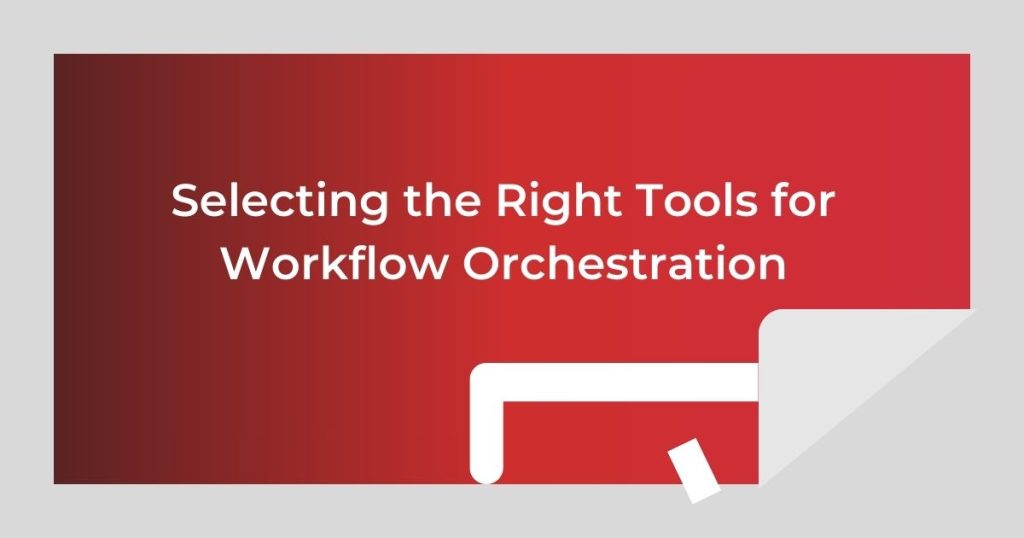
For successfully establishing workflow orchestration, employing the right tools is of paramount importance. Following are the three key categories of tools crucial for effective workflow orchestration:
Infrastructure Management Tools
Setting up, managing, and creating the hardware and software that supports services and apps, like servers, storage, networks, and virtualization technologies, are all part of infrastructure management. When it comes to orchestrating workflows, tools like Kubernetes and Terraform are very important.
Containerized apps can be deployed and scaled automatically with Kubernetes and by leveraging Terraform, infrastructure resources (like storage buckets, network configuration, etc.) can be created and managed through code. These tools ensure that the infrastructure is properly configured and available to support workflow execution.
Configuration Management Tools
Configuration management involves supervising and maintaining the settings and parameters of software applications, systems, and devices. It includes automating deployment, configuration, and maintenance tasks to ensure consistency and reliability.
Workflow orchestration tools such as Ansible, excel in this regard. Ansible automates configuration management by defining and enforcing settings across different environments. In addition to its automation capability, Ansible streamlines workflow execution across various systems and environments. This in turn reduces manual effort and configuration errors.
Workflow Orchestration Platforms (WOP)
Workflow orchestration platforms are specialized tools designed to automate and manage complex workflows and business processes. These systems let you design, execute, monitor, and optimize workflows usually through graphical user interfaces or computer languages. Some of the popular workflow orchestration platforms like Prefect, Apache Airflow, Argo and flux CD, Process Street, and Camunda among others.
These platforms offer the much-needed facility to model, automate, and manage workflows across systems and environments. They also have features like task scheduling, dependency management, and integration capabilities. These attributes of WOPs ensure compliance with business requirements as well as streamline operations and enhance efficiency. WOPs are essential for managing complex processes as they provide the flexibility and functionality needed for success.
Conclusion
Workflow orchestration is very important for businesses that want to improve their processes and work more efficiently. Businesses can reap a lot of benefits from automating the coordination of tasks. Workflow orchestration tools can make business processes easier and more efficient. These tools can be used to handle software installation, data processing pipelines, or cloud infrastructure. Workflow automation can be used by both small and large businesses alike because it can be scaled up or down as needed to handle and improve business processes.



